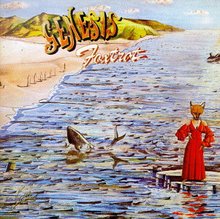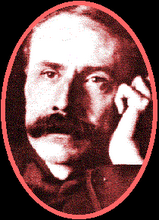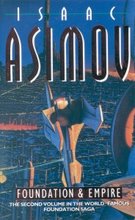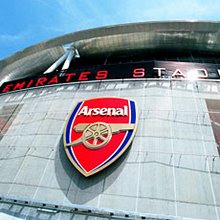

With a little help from; BBC and the Times
Today saw celebrations of the 50th anniversary of the start of the space age heralded by the launch of the first satellite, Sputnik.
The Russian name "Спутник" means literally "co-traveler","traveling companion" or "satellite"
One of the focal points of the celebrations was at Jodrell Bank, whose Lovell Telescope was the only instrument capable of tracking the satellite after its launch in 1957.
The Lovell Telescope was, at the time, the largest steerable dish radio telescope in the world, (250 ft in diameter) and had been completed just prior to the launch of Sputnik.
As part of the celebrations at the Jodrell Bank there was a conference lead by Massimiliano Vasile, of the University of Glasgow who has led a team in researching the best ways to prevent a major asteroid impact on the Earth.
The team concluded that swarm of mirrors flying in formation in space are the best defence against an asteroid hitting Earth with the use of nuclear devices found to be the next best option.
Mirrors in space, or “solar concentrators”, would direct the sun’s rays against a threatening asteroid to heat the surface sufficiently that it turned to gas. They would be aimed against a small area of the rock, no more than 1.5 metres across, to generate temperatures of at least 2,100C (3,812F). The evaporating gases would shoot into space, creating the thrust needed to divert the asteroid and prevent a deadly impact.
The nuclear option was thought likely to be highly successful in dealing with large asteroids, such as the one believed to have wiped out the dinosaurs 65 million years ago, but could leave dangerous fragments falling towards Earth and danger of an explosion during take-off was unacceptable although perhaps not quite as dangerous as the incoming.
In 50 years we, as a species, have gone from launching a satellite with a diameter of 23 inches with an ability to ‘bip’ occasionally to an practical proposal to deploy a system of mirrors to prevent our extinction. We might not be able to prevent us from doing it to ourselves but something that may help to eliminate external threats seems like a pretty damn good idea.
Perhaps it might be worth the powers that be looking at this before they rush off on a race to Mars.
Makes you wonder though if all this is achievable why a system for computerising health records or automating job applications for junior doctors has proved so problematic?














4 comments:
Thanks for that reminder. I think that seeing Sputnik was one of the greatest memories of my lifetime. I remember looking up at it in the sky in wonder as it passed overhead. I watched Neil Armstrong walk on the moon too, but somehow I found Sputnik more awe inspiring.
why a system for computerising health records or automating job applications for junior doctors has proved so problematic?
Outsourcing...
Incredible to think how far we came in all those years and now after all the promises of going to Mars, bugger all has happened!
Ah well, my opinions on this have been stated before, if we don't put a man on Mars soon, it will be a disgace- its our future at stake here.
As for the dinosaurs, you are aware that the close time synchoronisation (every 160 million) years between mass extinctions coincides EXACTLY with the perios of rotationof the galaxy?
suggesting we go through a debris bely every 160 million years.
95 million to go....
Post a Comment